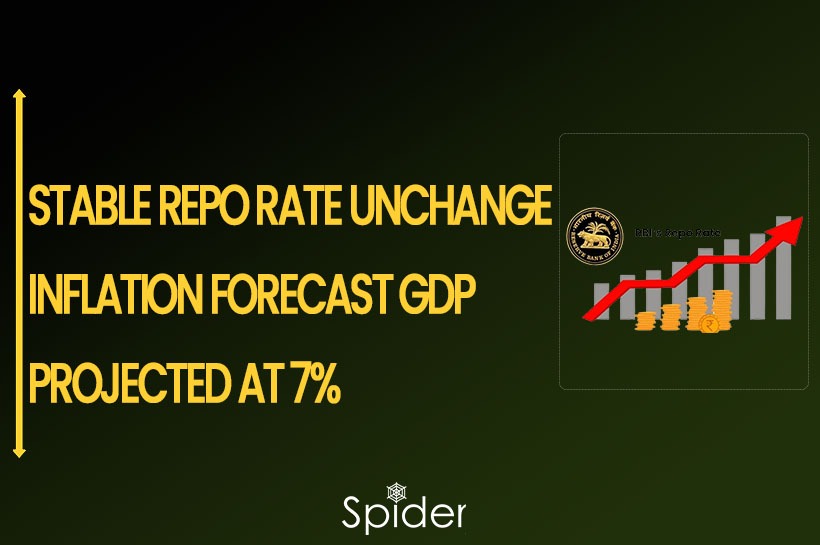There are many schemes made by the government to save taxes in India. Here are some of them.
Tax-saving investments at fiscal year start reduce tax liabilities and maximize returns throughout the year. However, despite the advantages of tax-saving investments, only a few individuals succeed in utilizing these opportunities effectively. Lack of knowledge or difficulty in selecting suitable investments can lead to this financial planning issue. This article presents a list of top tax-saving schemes in India for FY 2022-23, aiding informed investment decisions.

ELSS Mutual Funds
Equity Linked Savings Schemes (ELSS) are mutual funds that allocate a significant portion of their portfolio to equity investments. Renowned funds in India offer tax savings and capital appreciation, making them among the best tax-saving options. ELSS provides tax benefits under Section 80C but considering equity-focused nature, it’s essential to assess associated risks.
Unit Linked Insurance Plan (ULIP)
The ULIP (Unit Linked Insurance Plan) Life Insurance Plan stands out as one of the most significant tax-saving schemes in India. It offers tax benefits and invaluable financial security for an individual’s family in case of demise. ULIPs gain popularity among taxpayers for their dual advantage of tax deductions under Section 80C and tax-free maturity income under Section 10.
National Savings Certificate
The government has designed the National Savings Certificate (NSC) as a initiative to cater to small and middle-income investors seeking a secure and fixed-income investment option with attractive returns. As a low-risk investment scheme, NSC offers capital protection and guaranteed interest, making it a favored choice among taxpayers looking for reliable tax-saving avenues. Alongside its tax benefits under Section 80C of the Income Tax Act, NSC provides complete capital protection and flexible investment options.
Sukanya Samridhi Yojana (SSY)
Sukanya Samriddhi Yojana, launched by the Government of India in 2015 as part of the Beti Bachao Beti Padhao campaign, has had a profound impact on the general public. This unique tax-saving scheme not only promotes fixed-income investment but also supports the financial future of girl children. By offering tax benefits under Section 80C of the Income Tax Act, the scheme encourages parents and guardians to invest in the future of their daughters.
Public Provident Fund (PPF)
The Public Provident Fund (PPF) has consistently remained one of the most sought-after tax-saving schemes among taxpayers. Its popularity can attribute to its tax-efficient nature, as it falls under the category of exempt–exempt–exempt (EEE) tax status. Investors can open PPF accounts with either a bank or a post office, providing convenience to them.
Tax-savings fixed deposit
Indeed, investors consider tax-saving fixed deposits relatively safe investment options, especially when comparing them to equity investments, which carry higher market-related risks. These fixed deposits offer tax benefits under section 80C of the Income Tax Act, allowing investors to claim deductions on their taxable income.
National Pension Scheme ( NPS )
The National Pension Scheme (NPS) recognizes as one of the best tax-saving schemes in India, providing individuals with an opportunity to build a substantial retirement corpus while enjoying tax benefits. The NPS offers a Tier-1 account with a lock-in period until the subscriber reaches the age of 60, making it an ideal long-term investment option.
Savings bank account interest
A savings account or current account is a fundamental banking service that enables individuals to deposit their money and ensure its safety. These accounts are considered liquid instruments, allowing account holders to withdraw funds conveniently without any restrictions.A savings account or current account is a fundamental banking service that enables individuals to deposit their money and ensure its safety. Account holders consider these accounts liquid instruments, allowing them to withdraw funds conveniently without any restrictions.
Health Insurance premium under section 80D
Taxpayers often regard medical insurance as one of the safest investment options, providing them with dual benefits. Firstly, it offers financial security by covering medical expenses during emergencies, ensuring peace of mind for the insured and their family. Secondly, medical insurance qualifies for tax benefits under the Income Tax Act, making it an attractive tax-saving investment.
Interest paid on home loan
For individuals seeking to avail of tax deductions on the interest component of a housing loan, certain conditions must be met. The tax benefits can be claimed if the home loan is taken for the purchase or construction of a house, and the construction of the house is completed within five years from the end of the financial year in which the loan was taken. This makes it one of the best tax-saving schemes in India for homebuyers.
Rent paid and no HRA received
House Rent Allowance (HRA) in an individual’s salary serves as a significant tax-saving scheme when filing income tax returns. However, there may be instances where HRA does not form part of the employee’s salary, thereby making it ineligible for the standard HRA deduction. In such cases, taxpayers can still claim a tax benefit for the rent paid by availing of Section 80GG of the Income Tax Act.
Medical expenses toward disabled dependent
Section 80DD of the Income Tax Act allows taxpayers to claim a deduction if they are caring for disabled dependents. The tax benefit supports individuals caring for disabled family members, reducing their overall tax liability significantly.
Donations made to charitable institutions
Section 80G of Income Tax Act allows taxpayers to claim tax deduction on donations to approved charitable organizations. This deduction encourages individuals to contribute to social causes while reducing their taxable income. To claim the deduction, donate through cheque or online transfer and obtain a stamped receipt from the charitable organization.
Repayment of an education loan
The Income Tax Act offers a tax benefit on the repayment of educational loans under Section 80E. Individuals repaying the loan can claim this deduction, providing financial relief for those investing in higher education. Interest on education loan qualifies for tax deduction for up to 8 years or until fully repaid, whichever occurs earlier. Either the parent or the child paying the education loan EMI can claim this deduction.
If you’d like to know how do we analyze the market and provide accurate levels every day. then click on the Free Demo button below and change your trading life for good. 5X returns is possible in options trading, If you have Spider Software in your trading system.
Also, Check out our article on Why should you trade in BSE Options?
Disclaimer: The information provided in this Blog is for educational purposes only and should not be construed as financial advice. Trading in the stock market involves a significant level of risk and can result in both profits and losses. Spider Software & Team does not guarantee any specific outcome or profit from the use of the information provided in this Blog. It is the sole responsibility of the viewer to evaluate their own financial situation and to make their own decisions regarding any investments or trading strategies based on their individual financial goals, risk tolerance, and investment objectives. Spider Software & Team shall not be liable for any loss or damage, including without limitation any indirect, special, incidental or consequential loss or damage, arising from or in connection with the use of this blog or any information contained herein.





